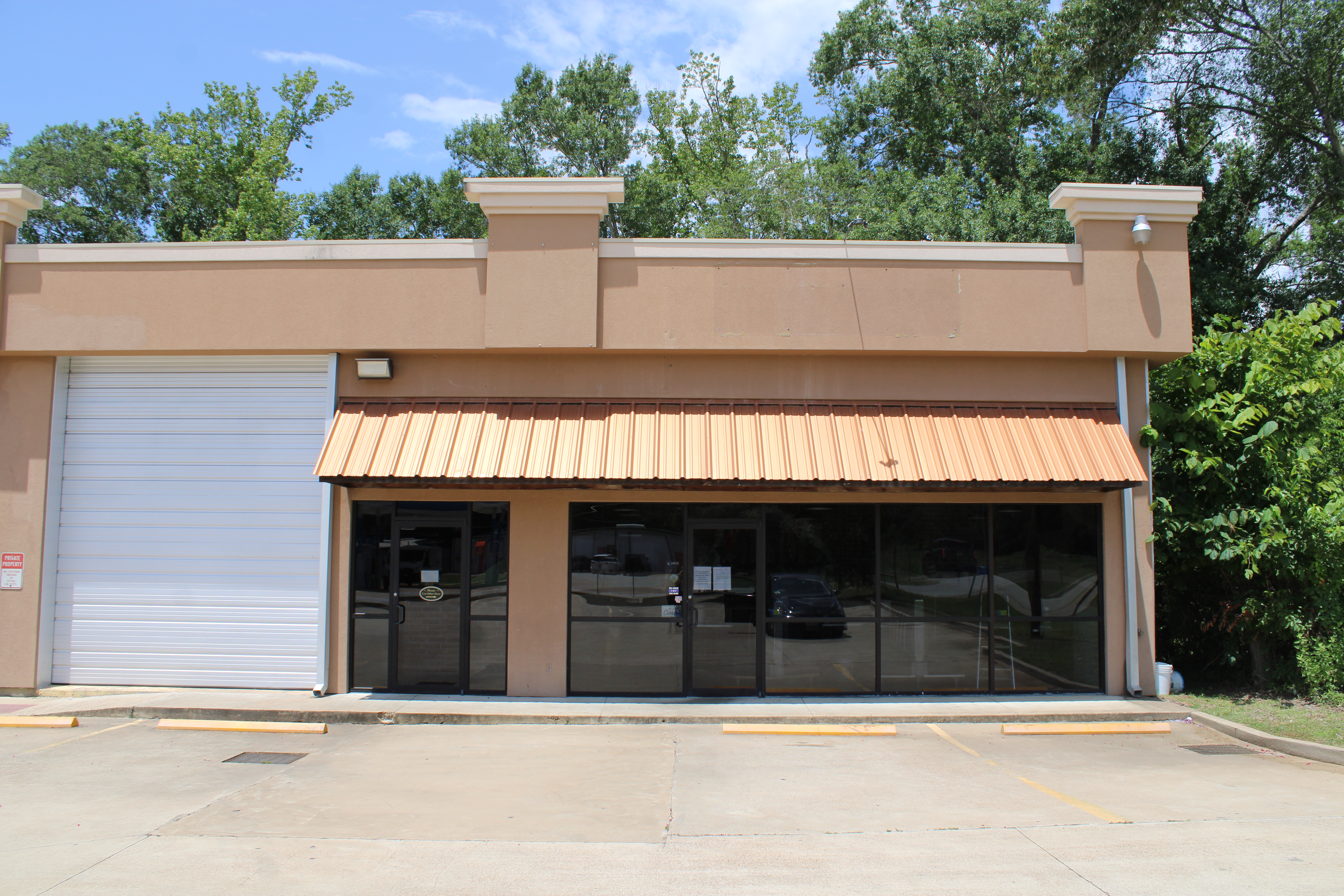Editorial: Sanctions can still work. Here’s how
Published 10:51 am Wednesday, October 16, 2019
All signs continue to point to the fact the mighty Texas economy is rocking along despite the fact there appears to be a broader slowdown nationally as a result of the U.S.-China trade war.
A recent report, compiled by the Federal Reserve Bank of Dallas, indicated growth slipped in some sectors of the state’s economy compared to a year ago, but overall activity continues to track in a positive manner. The Texas manufacturing production index for September was down slightly from August. Industry executives responding to the survey indicated economic growth is continuing.
“Retailers noted a pickup in sales growth, although on net they were still slightly pessimistic in their assessment of business conditions,” said Christopher Slijk, a Dallas Fed economist, in a written statement.
The news was equally encouraging from State Comptroller Glenn Hegar, who told state lawmakers last week that state income forecasts are better than anticipated, according to a report in the Texas Tribune.
The latest official revenue estimate from the comptroller’s office includes costs of measures passed by the Legislature earlier this year. Hegar said the state should end the current two-year budget with $2.89 billion in cash left over with another $9.35 billion in the Economic Stabilization Fund, also known as the rainy day fund, the Tribune reported.
Meanwhile, the Dallas Fed’s main measure of the state’s service sector, the revenue index, increased in September. Despite the optimism, both forecasts included plenty of caution. “Uncertainty continues to rise, and comments from Texas business executives cite tariffs and trade tensions, and the global economy as drivers of uncertainty,” Dallas fed senior business economist Emily Kerr said in our story.
In the Tribune story, Hegar’s written update to lawmakers voice a similar sentiment: “In fiscal 2019, the Texas economy continued to grow at rates among the highest in the nation,” he said. “We are projecting continued expansion of the Texas economy in this biennium. The most likely scenario is one of steady expansion at a pace below that of the 2018-19 biennium.
“Risks to this estimate include ongoing uncertainty about trade and national economic policy, slowing global economic growth, and volatility in energy prices resulting from the instability and potential conflict in the Middle East.”
Some of these factors already are taking a toll on the national economy, impacting manufacturing and other sectors, according to a report outlining factory output.
Worries at the national level apparently are beginning to seep into Texas, where manufacturers are expressing their own concerns about jitters in the global economy, pointing to uncertainty around tariffs and prompting concerns around finding new trade partners, redesigning products or expanding domestic factory outputs. Those are difficult issues that make it difficult to establish long-term plans, much less month-to-month projections.
From the comptroller’s office, the biggest improvements, according to the Tribune story, came from sales tax, which was up $429 million; motor vehicle sales and rental taxes, $227 million; franchise taxes, $194 million; and oil production taxes, which were driven by higher estimates of the price of oil, $399 million. On the other side, estimate projections were reduced for revenue from insurance taxes, $188 million; natural gas production taxes, $211 million; and cigarette and tobacco taxes, $79 million.
Taxes are still the state’s biggest source of general revenue at more than 54% of the total.
The new year is expected to usher in new fears in manufacturing as tariffs kick in and inventories are reduced. “We expect to raise prices for our customers,” one manager wrote in response to the survey. “Since we do all of our business in the U.S., we believe our competitors will also raise prices.”
Overall, the economic picture is promising, and the state has a legacy of remarkable resiliency — even in the face of national and international factors over which Texas has no control.
Cautious optimism over the near term is the best economic advice for now, and make no mistake, experts will pay close attention to the upcoming holiday shopping season and other indicators that might raise a red flag entering 2020.
— Amarillo Globe-News






